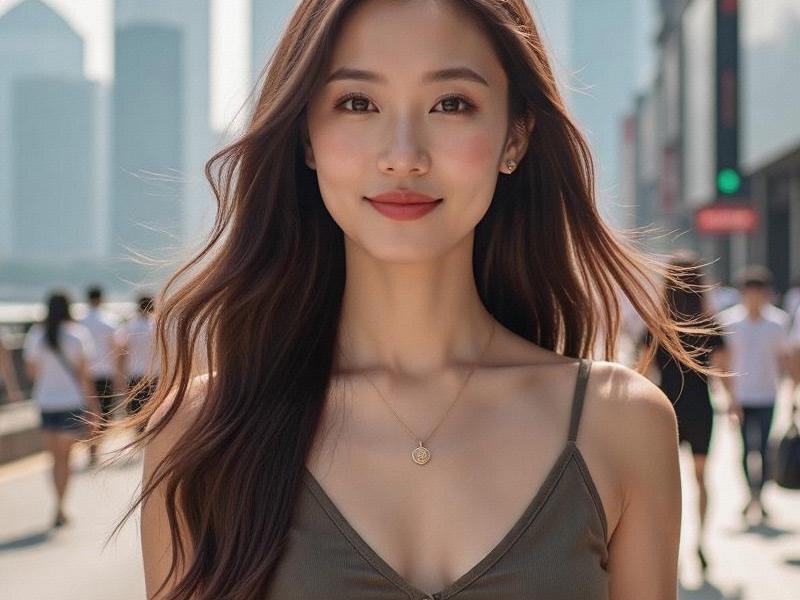This 2025 investigative report reveals how Shanghai women are crafting a unique identity that harmonizes Chinese tradition with global modernity, creating a new archetype of Asian femininity.

Section 1: The Shanghai Woman Archetype Through History
- 1920s: The sophisticated "Haipai" ladies of the concession era
- 1950s-70s: Gender-neutral worker imagery of socialist China
- 1990s: Material girls in the early reform period
- 2020s: The rise of the "phoenix woman" - educated, ambitious and culturally rooted
Section 2: The Professional Paradox
2025 workforce statistics show:
• 39% of senior executives in Shanghai are female (national average: 27%)
• 72% of local women hold bachelor's degrees or higher
上海龙凤千花1314 • Average marriage age: 30.2 (up from 27.5 in 2015)
• 58% report experiencing "double burden" of career and family expectations
Section 3: Beauty as Cultural Currency
The ¥48 billion Shanghai beauty market reveals:
✓ "Smart beauty" devices growing 214% annually
✓ Cosmetic surgery rates 18% below national average
✓ "Dragon Girl" aesthetic trending globally
✓ Traditional qipao reinvented for modern workplaces
上海龙凤419自荐
Section 4: Digital Self-Fashioning
Social media behaviors:
→ 3.2 hours daily spent curating online personas
→ 89% use AI beauty filters regularly
→ "Knowledge influencers" surpass fashion bloggers
→ Micro-celebrity economy valued at ¥9.7 billion locally
Section 5: The Future Shanghai Woman
上海花千坊爱上海 Emerging trends among Gen Z:
↑ Childfree movement gaining traction (now 21%)
↓ Traditional gender roles losing appeal
→ "Soft power feminism" replacing radical activism
← Rural migrants adopting hybrid urban identities
Conclusion: The Shanghai Difference
Shanghai's women are crafting a new model of Asian femininity that balances Confucian values with global aspirations, creating a template that's influencing women across China while maintaining the city's distinctive cosmopolitan flair.